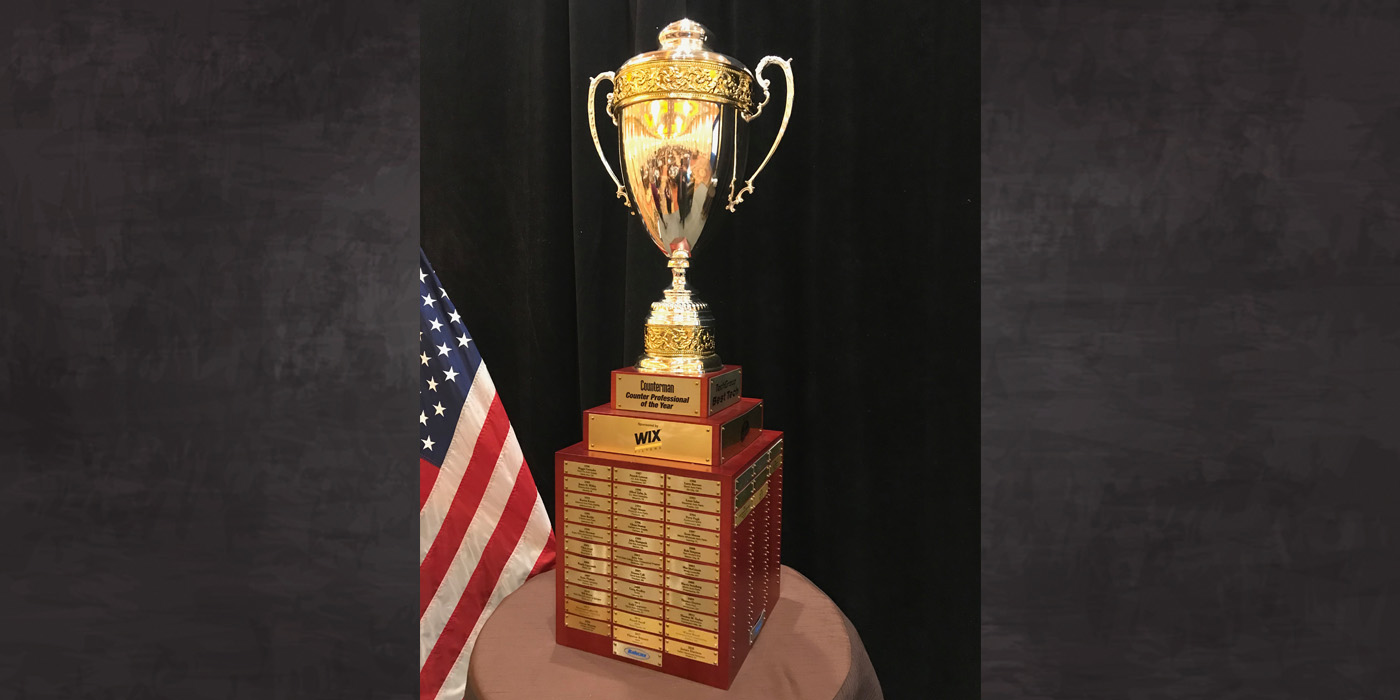It’s fitting that the recent news of O’Reilly’s departure from Aftermarket Auto Parts Alliance coincides with Counterman’s annual “Program Group Issue.” This important story appears in the "Feature Story" section of the Web site.
As I’ve written in the past, without question, the evolution of programmed distribution has been the single-most influential phenomenon our industry has ever seen. And now, there’s a break from the ranks as O’Reilly pursues its own destiny as the over-achieving retailer that actually succeeds at serving both wholesale and retail channels. While AutoZone, Advance, Pep and CSK all began as small chains with a retail mindset, O’Reilly’s has emerged from a similar but distinctively different path. That distinction lies in its 30-year tie to programmed distribution and the benefits gained from that long relationship.
Any O’Reilly executive will tell you how the company has benefited from its program-group participation. This is not to insinuate that group membership was the sole reason for O’Reilly’s success. To be sure, it played a major role. Program group affiliation requires many things, including discipline, sacrifice, compromise, filibustering, neutrality, leadership and money. So, what’s gained in return? For starters, there’s identity, buying power, training, market intelligence and strategic advantages. So, why pull out?
As the third-largest store chain in the US, O’Reilly is clearly big enough to control its own marketing destiny and negotiate its own deals. The answer I suspect lies deeper in the details of program group compliance and brand strategies. The “compliance” factor is significant, as it represents the discipline element (and, to some extent the “sacrifice and compromise” elements) because of what groups require from their members. An unwillingness on the part of a member to remain compliant is a clear “breaking the code” signal to the other members. As a young sales rep, I was coached never to list “McDonald’s” on my expense report, even if I had dined there, for fear that ivory-tower suits would determine that road-weary reps were capable of surviving on low-budget fast food. Rather, it was suggested I write “Big ‘M’ Steakhouse,” and thus remain “compliant” with the “code of the road.” Compliancy cuts across vendor deals to the core of program group values. If you can’t uphold the code, it’s best to secede from the group.
It is easy to identify compliance issues as the primary reason for O’Reilly’s departure. But when analyzing brands and marketing strategies, things become a bit more nebulous. This is where program group value is tested and justified. The Alliance has done a tremendous job of positioning and strengthening its two brands: Auto Value and Bumper to Bumper. When compared to NAPA and CARQUEST, Dick Morgan, Steve Marks and crew have lead the Alliance and its members to tremendous levels of success utilizing these brands as their calling cards. Perhaps this is where O’Reilly sensed it might not be on the same page as the group.
O’Reilly is a brand, just like Auto Value, Bumper to Bumper, NAPA, Parts Plus, AutoZone, Advance, CARQUEST and all others. Perhaps divergent brand strategies, or even brand strength on the part of the group, are at the core of this departure. Or perhaps not. Regardless, O’Reilly is now left to fend for itself and further establish its strong brand, along with Parts City, a new independent jobber brand. At the same time, the Alliance remains resolved to further establish and build its highly recognized brands. In the end, while significant, this move by O’Reilly simply represents the evolution of successful brands, both its own and those of the group to which it once belonged.













